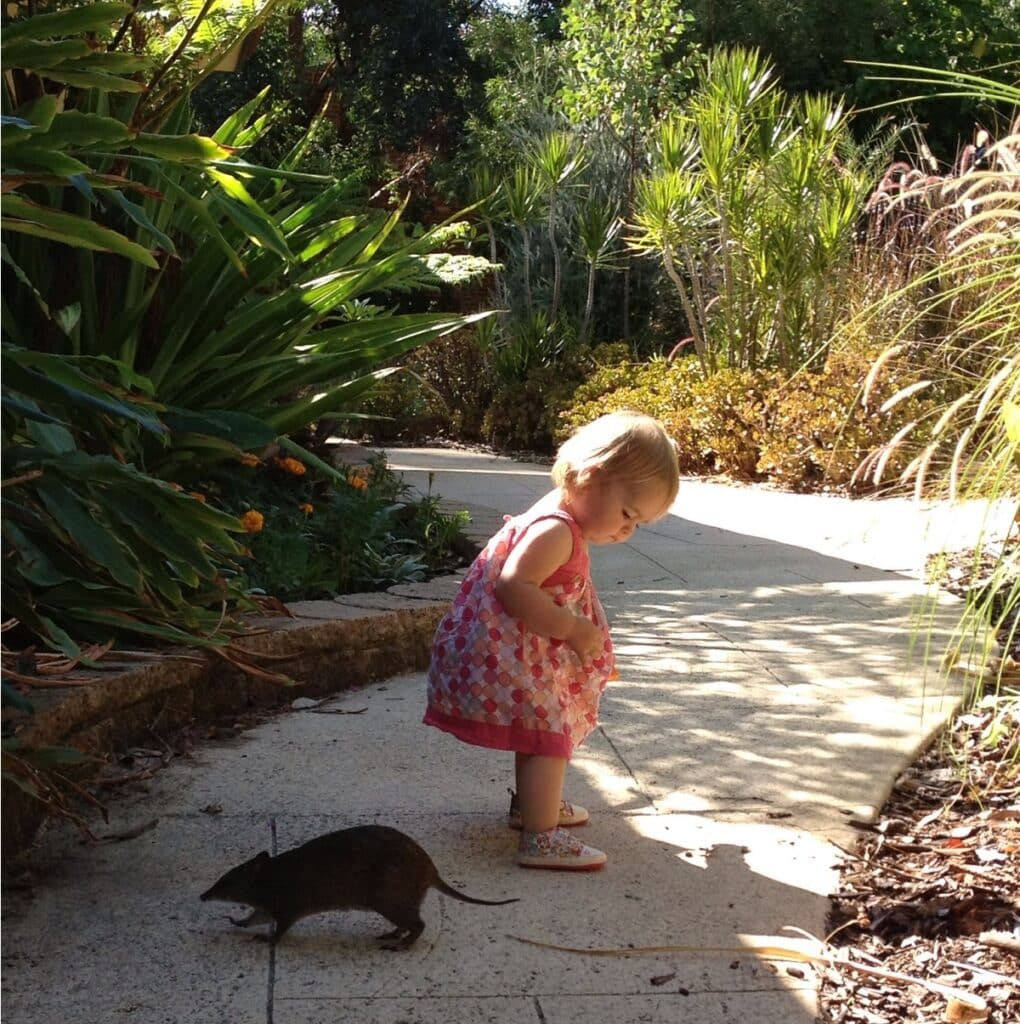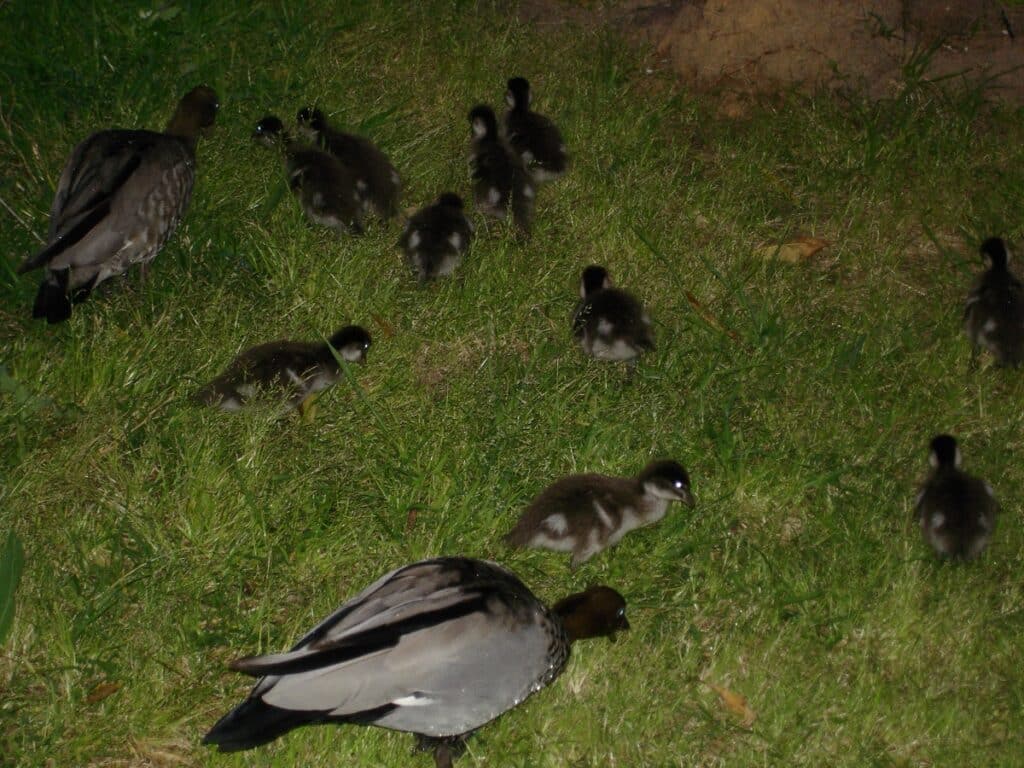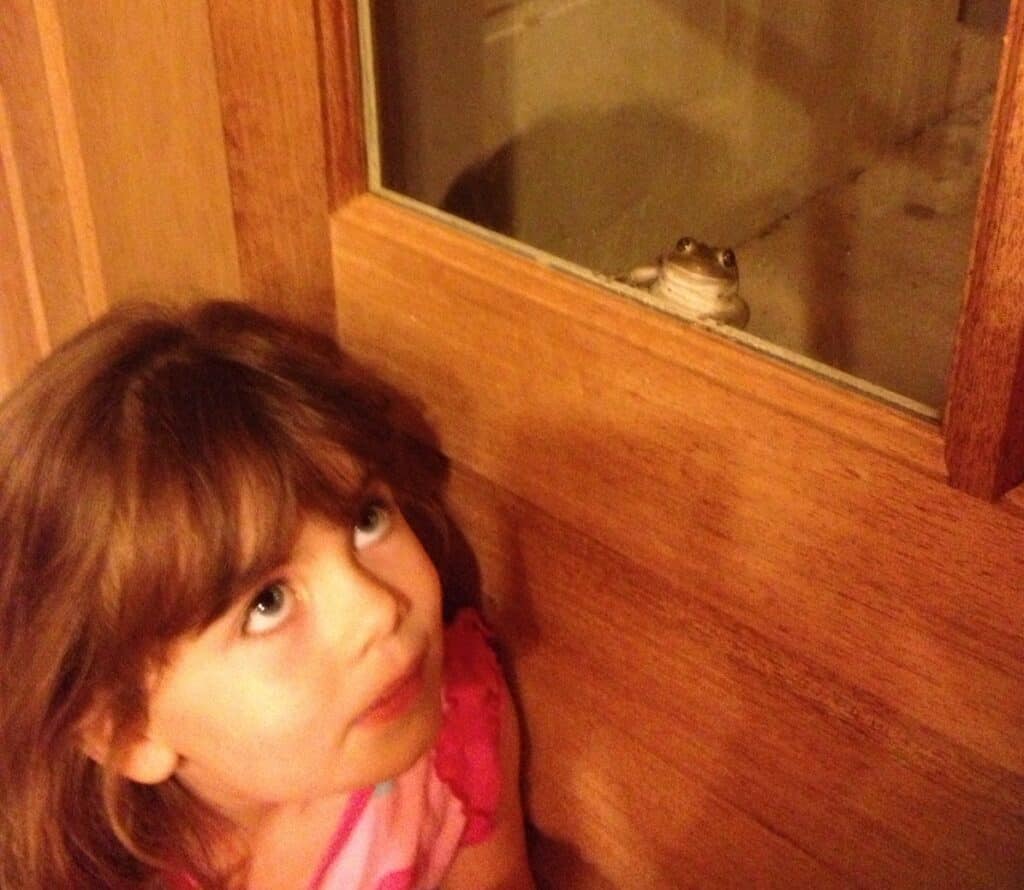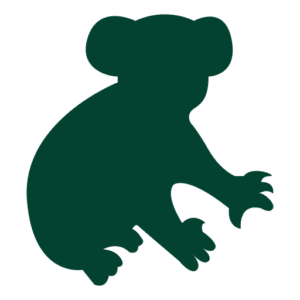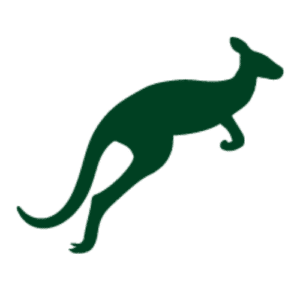Maxine and Jason Wilk are the owners of All Manor of George, a property located approximately 20km east of Perth. The property is a dedicated wildlife sanctuary and residence used for wildlife rehabilitation, and it is Maxine and Jasons’s intent to improve habitat present to better provide for local wildlife, as well as establishing bird boxes and retaining remnant vegetation. They are also in discussions with the local council to reduce erosion caused by the flooding of a creek abutting the sanctuary.
The sanctuary covers 0.42 hectares that provide connectivity for native wildlife in the area, with well-established eucalypts present alongside a small fruit-tree orchard. Wildlife species for which the sanctuary is known to provide habitat include white (Calyptorhynchus baudinii) and red-tailed (Calyptorhynchus banksii) black cockatoos, western rosellas (Platycercus icterotis), twenty-eight parrots (Barnardius zonarius semitorquatus), laughing kookaburras (Dacelo novaeguineae) and a variety of other bird species, as well as brushtail possums (Trichosurus vulpecula), bobtails (Tiliqua rugosa rugosa), southern brown bandicoots (Isoodon obesulus), and a variety of frog species.
This sanctuary is featured in Wildlife Lands 16!
We lived in an inner Perth suburb in an ex-War Services home, close to everything including the noise and neighbours. We used to go camping to get away and were always keeping an eye out for a place where our future kids would be able to climb trees, make cubbies and play in the mud. One sodden, cold day we found an acre with a ‘renovators delight’, complete with 35-metre native trees, a winter creek and the foundations for our family. Now, working with the pre-established tall timber we are developing an understory to support a diverse range of native species we can co-exist with.
Seeing nearby suburb developments flatten everything down to sand and limestone, we felt compelled to preserve this bit of the natural habitat we could in an increasingly fragmented area. Just 21 kilometres from the Perth CBD (as the crow flies) we are visited by black cockatoos, pink and grey galahs, ring-necked parrots (‘twenty-eights’ to the locals), spotted doves, rainbow lorikeets, kookaburras, Australian wood ducks, New Holland honeyeaters and many other, as yet unidentified, birds crowding the trees. Backdoor scratching southern brown bandicoots, blue-tongue lizards and many frogs also keep us entertained with their antics.
However, things don’t always run smoothly and we are challenged in trying to use a natural solution to restore the much-eroded winter creek that bursts its banks after infrequent but heavy rains. We’ll persevere to stop the council just laying another 50 metres of concrete riverbed as they have on an adjoining property.
We saw the Wildlife Land Trust sign on someone else’s gate whilst dropping the kids off at school. A quick Google search later and the principles and values of the program just seemed to line up so well with ours. Simple to join and useful resources to help us improve our land for the benefit of native wildlife.

